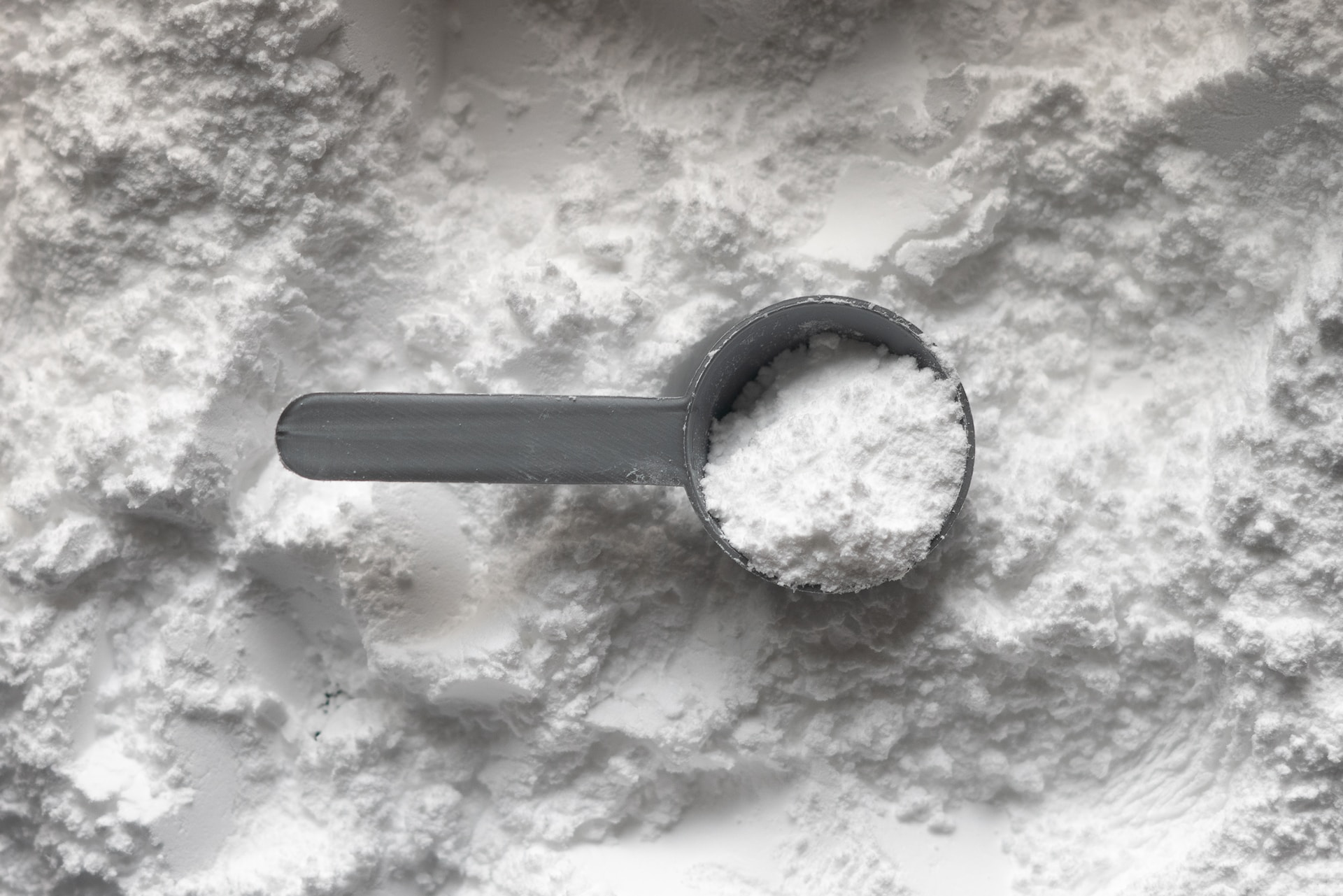Why is creatine expensive in 2023?
Creatine, a popular dietary supplement widely used by athletes and fitness enthusiasts, has seen a significant increase in price in recent years. This rise in cost has left many consumers questioning why creatine has become so expensive in 2023. In this article, we will explore several factors contributing to the increased price of creatine and discuss the potential implications for consumers and the supplement industry as a whole.
Raw Material Costs
One of the primary factors behind the increased cost of creatine is the rising price of raw materials. Creatine is synthesized from amino acids, mainly arginine, glycine, and methionine. Fluctuations in the costs of these amino acids, driven by factors such as supply chain disruptions, changes in demand, or geopolitical events, can directly impact the overall production cost of creatine. In recent years, the prices of these raw materials have risen, leading to an increase in the cost of creatine supplements.
Manufacturing and Production Expenses
The manufacturing and production processes involved in creating high-quality creatine supplements can be complex and costly. Stringent quality control measures, research and development for new formulations, and adherence to regulatory standards all contribute to the expenses associated with producing creatine. Additionally, manufacturers may need to invest in specialized equipment and facilities to ensure the purity and potency of their products. These factors collectively contribute to the higher price tag attached to creatine supplements.
Research and Innovation is making Creatine expensive
Scientific research plays a vital role in the development of new and improved formulations of dietary supplements, including creatine. The costs associated with conducting research studies, clinical trials, and obtaining necessary certifications and approvals can be substantial. Companies investing in research and innovation to enhance the effectiveness and safety of creatine products may pass on these expenses to consumers through higher prices. However, it is important to note that such investments are crucial for advancing the understanding and applications of creatine in the sports and fitness industry.
Marketing and Branding
Effective marketing strategies and brand recognition are essential for promoting dietary supplements, including creatine. Companies invest significant resources in marketing campaigns, advertising, and brand building to differentiate their products in a competitive market. These expenses, including endorsements by athletes or fitness influencers, sponsorship deals, and targeted advertising, can contribute to the overall cost of creatine supplements.
Regulatory Compliance
The supplement industry is subject to regulatory oversight to ensure consumer safety and product quality. Compliance with rigorous standards set by regulatory bodies, such as the Food and Drug Administration (FDA), requires substantial investments in testing, documentation, and quality assurance. These compliance costs can impact the pricing of creatine and other dietary supplements, as companies strive to meet regulatory requirements while maintaining profitability.
Implications
Why is Creatine expensive in 2023? This rise in cost has implications for both consumers and the supplement industry. Higher prices may pose challenges for consumers who rely on creatine as a part of their fitness regimen, particularly those with limited budgets. It may also create a barrier for potential users who may be deterred by the increased cost. As a result, individuals may explore alternative supplement options or seek more affordable sources, potentially affecting the market dynamics.
For the supplement industry, the increased cost of creatine necessitates a delicate balance between profitability and consumer affordability. Manufacturers and distributors must continue to emphasize the value, quality, and benefits of creatine to justify the higher price point. Additionally, efforts should be made to educate consumers about the potential advantages of investing in reputable brands that prioritize research, quality control, and transparency.
The rising cost of creatine in 2023 can be attributed to factors such as raw material costs, manufacturing expenses, research and innovation, marketing and branding, and regulatory compliance. While this increase may pose challenges for consumers, it is important to recognize the necessity of investments in quality control, research, and compliance. As the supplement industry continues to evolve, it is crucial for manufacturers, consumers, and regulatory bodies to collaborate in finding a balance that ensures the accessibility and affordability of creatine while upholding product integrity and safety.
Do want to look and feel better? Alpha Expat can help you reach your fitness and nutrition goals with bespoke solutions. Reach out to us and get to ball rolling.
Image: Upsplash.com


